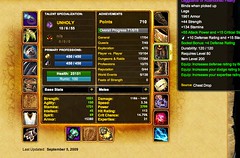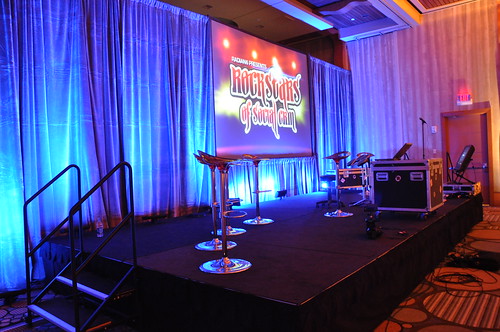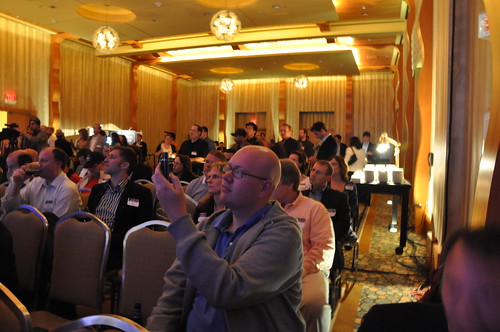Tony Corinda, the famous magician and mentalist, wrote in his classic textbook 13 Steps to Mentalism that there are three general topics which nearly everyone wants psychic predictions on. Knowing these makes the job of a mentalist on stage incredibly easy, as just providing the hook into any of the topics gets people talking about what they really want.
The three things most people care about and want to know more about?
- Love/Relationships/Sex
- Health
- Money
You could have probably guessed that right off the bat. To no one’s surprise, business is no different. Decision-makers in business – including you, if for no other role than decision-maker of your career – want three general things, too.
- How can I save more money?
- How can I save more time?
- How can I make more money?
Again, no surprise, right?
So why is it that legions of salesmen and saleswomen never actually answer these questions? Take a look at any product spec sheet, from industrial toilets to iPhone apps, and you’ll see features listed by the dozen. This toilet uses 1.4 gallons per flush. This iPhone app can switch between 3G and WiFi seamlessly. This CRM offers RDBMS support for 8 of the most modern RDBMS systems.
So what?
When I talk to vendors, I’m exceptionally blunt. Some appreciate it, some get derailed from their carefully crafted pitch. How will your product save me money? How will your product save me time? How will your product make me more money? If a vendor can answer those questions quickly and intelligently, I’m very likely to just pull the trigger right then and there, as long as their math is sound. If a vendor tries to defer those three questions until later so they can finish their pitch, the phone gets hung up with a polite but curt “not interested but thanks”.
Classic sales books and training materials always advocate answering “What’s in it for me?” as the key question to answer in a sales presentation. Throw those books out, or at least put them back on the shelf. If you can prove a strong case for any one of the three questions – time, money saved, money earned – you’ve answered a core WIIFM question. If you can prove a strong case for more than one of the three questions, prospects will be buying YOU lunch. If you can prove a strong case for all three questions, you can pretty much retire your sales department and just replace them with order takers, because word of mouth alone will be flooding your call center.
Take a look at your own sales and marketing materials today.
Will you save me time?
Will you save me money?
Will you make me more money?
Prove it, and I’m yours.
Did you enjoy this blog post? If so, please subscribe right now!
Get this and other great articles from the source at www.ChristopherSPenn.com! Want to take your conference or event to the next level? Book me to speak and get the same quality information on stage as you do on this blog.










